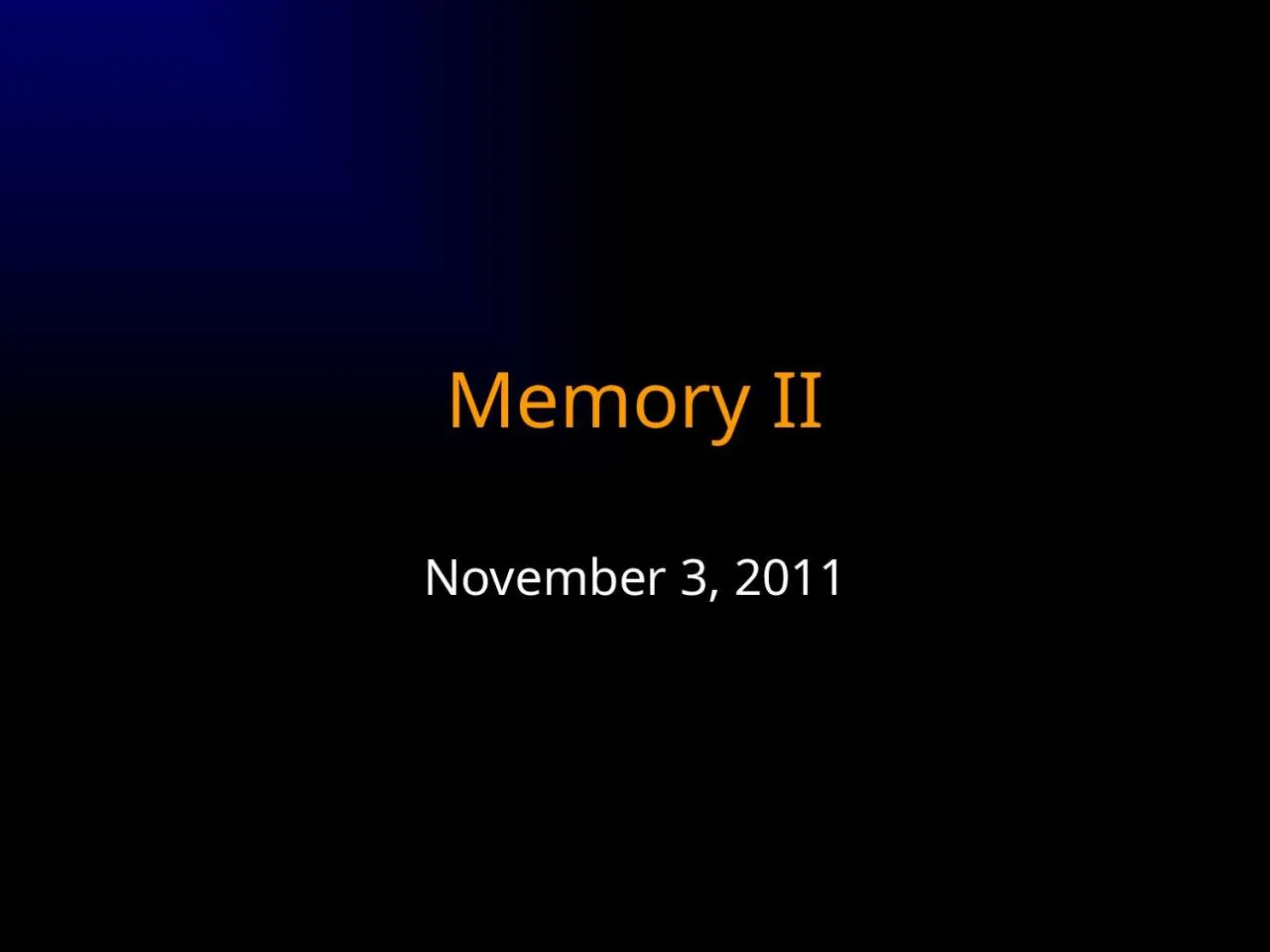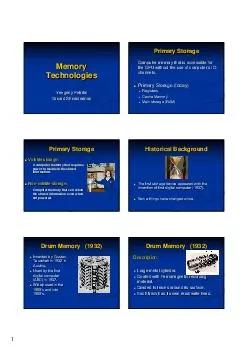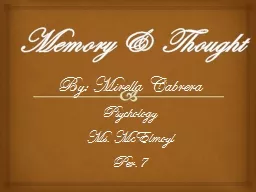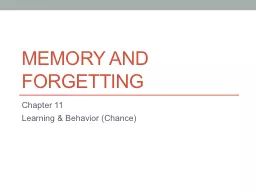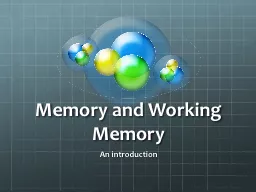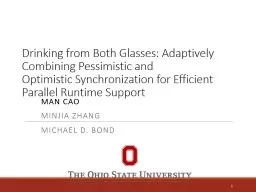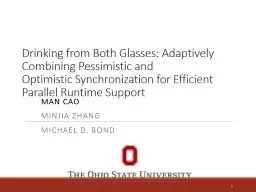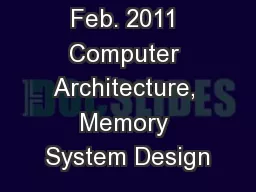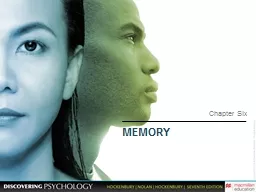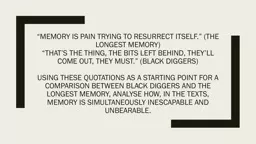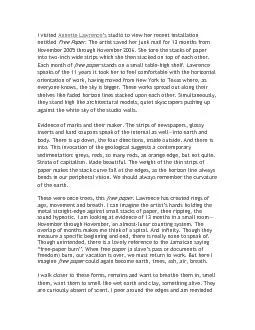PPT-Memory II November 3, 2011
Author : luna | Published Date : 2022-06-07
The Case of Henry M HM Lesion includes medial temporal pole cortex most of the amygdala entorhinal cortex more than half of the hippocampus subiculum some debate
Presentation Embed Code
Download Presentation
Download Presentation The PPT/PDF document "Memory II November 3, 2011" is the property of its rightful owner. Permission is granted to download and print the materials on this website for personal, non-commercial use only, and to display it on your personal computer provided you do not modify the materials and that you retain all copyright notices contained in the materials. By downloading content from our website, you accept the terms of this agreement.
Memory II November 3, 2011: Transcript
Download Rules Of Document
"Memory II November 3, 2011"The content belongs to its owner. You may download and print it for personal use, without modification, and keep all copyright notices. By downloading, you agree to these terms.
Related Documents

